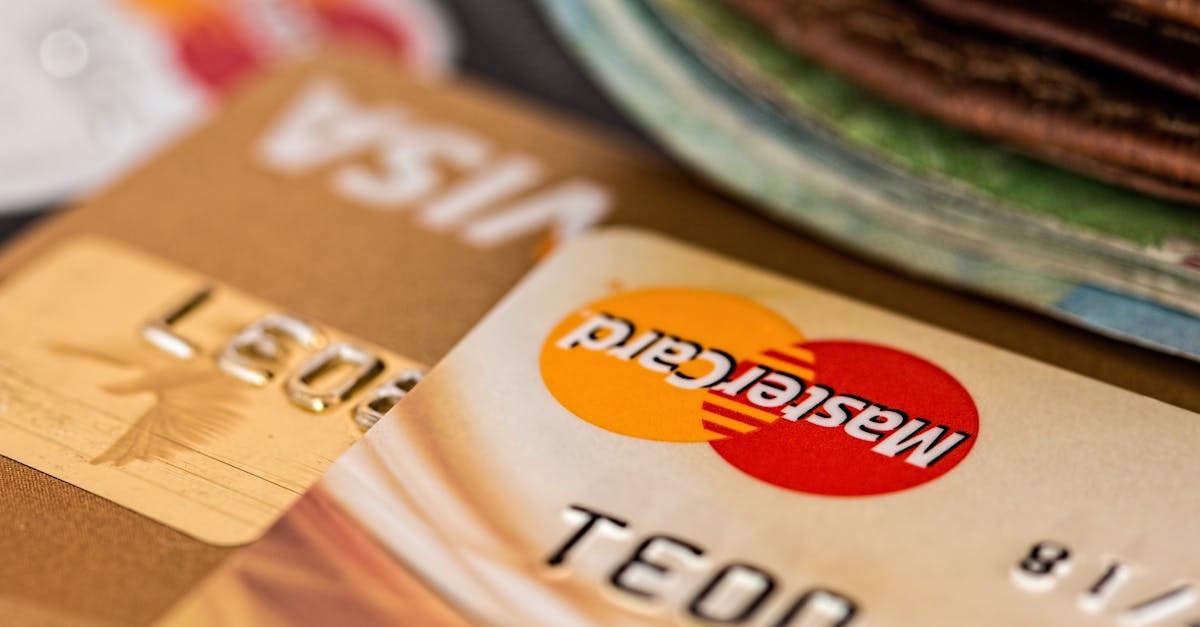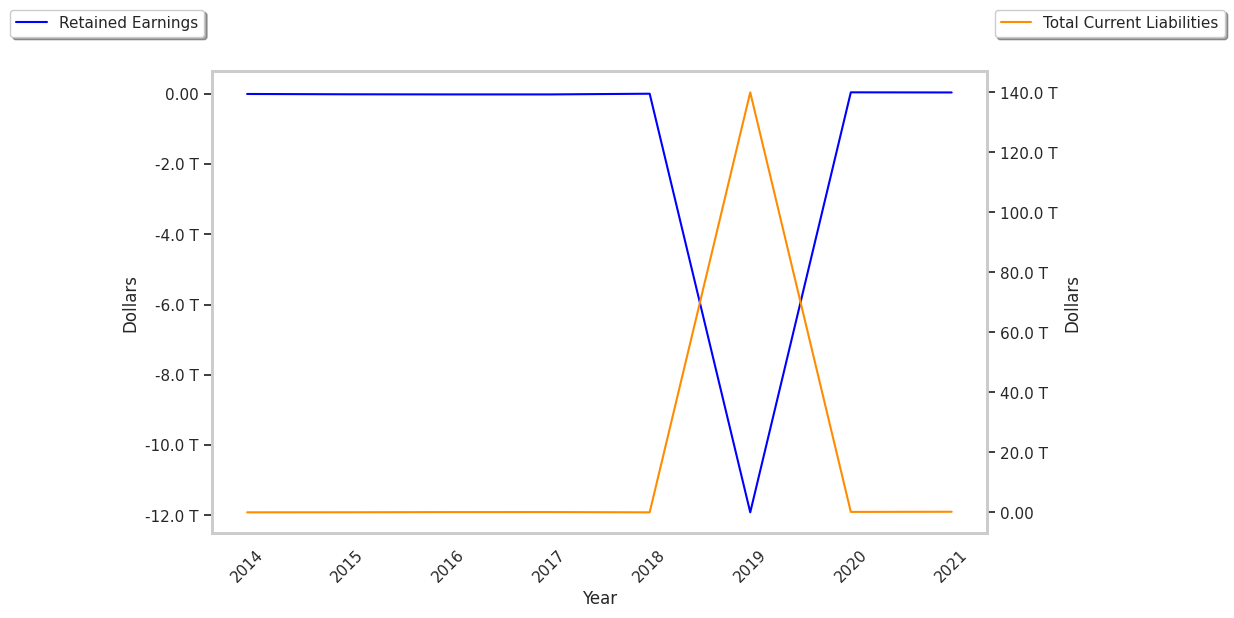Retail company JD.com is taking Wall Street by surprise today, falling to $35.7 and marking a -3.8% change compared to the S&P 500, which moved 0.0%. JD is -89.97% below its average analyst target price of $356.0, which implies there is more upside for the stock.
As such, the average analyst rates it at buy. Over the last year, JD.com shares have outstripped the S&P 500 by 6.5%, with a price change of 39.5%.
JD.com, Inc. operates as a supply chain-based technology and service provider in the People's Republic of China. The company is a consumer cyclical company, whose sales and revenues correlate with periods of economic expansion and contraction. The reason behind this is that when the economy is growing, the average consumer has more money to spend on the discretionary (non necessary) products that cyclical consumer companies tend to offer. Consumer cyclical stocks may offer more growth potential than non-cyclical or defensive stocks, but at the expense of higher volatility.
JD.com's trailing 12 month P/E ratio is 11.5, based on its trailing EPS of $3.1. The company has a forward P/E ratio of 1.1 according to its forward EPS of $4.14 -- which is an estimate of what its earnings will look like in the next quarter. The P/E ratio is the company's share price divided by its earnings per share. In other words, it represents how much investors are willing to spend for each dollar of the company's earnings (revenues minus the cost of goods sold, taxes, and overhead). As of the third quarter of 2024, the consumer discretionary sector has an average P/E ratio of 22.6, and the average for the S&P 500 is 29.3.
To deepen our understanding of the company's finances, we should study the effect of its depreciation and capital expenditures on the company's bottom line. We can see the effect of these additional factors in JD.com's free cash flow, which was $7.82 Billion as of its most recent annual report. This represents the amount of money that is available for reinvesting in the business, or for paying out to investors in the form of a dividend. With its strong cash flows, JD is in a position to do either -- which can encourage more investors to place their capital in the company. Over the last four years, the company's free cash flow has been growing at a rate of 26.8% and has on average been $5.41 Billion.
Value investors often analyze stocks through the lens of its Price to Book (P/B) Ratio (its share price divided by its book value). The book value refers to the present value of the company if the company were to sell off all of its assets and pay all of its debts today - a number whose value may differ significantly depending on the accounting method. Jd.com's P/B ratio of 0.24 indicates that the market value of the company is less than the value of its assets -- a potential indicator of an undervalued stock. The average P/B ratio of the Consumer Discretionary sector was 3.19 as of the third quarter of 2024.
JD.com is likely undervalued at today's prices because it has a Very low P/E ratio, an exceptionally low P/B ratio., and generally positive cash flows with an upwards trend. The stock has mixed growth prospects because of its weak operating margins with a positive growth rate, and a PEG ratio of less than 1. We hope this preliminary analysis will encourage you to do your own research into JD's fundamental values -- especially their trends over the last few years, which provide the clearest picture of the company's valuation.



